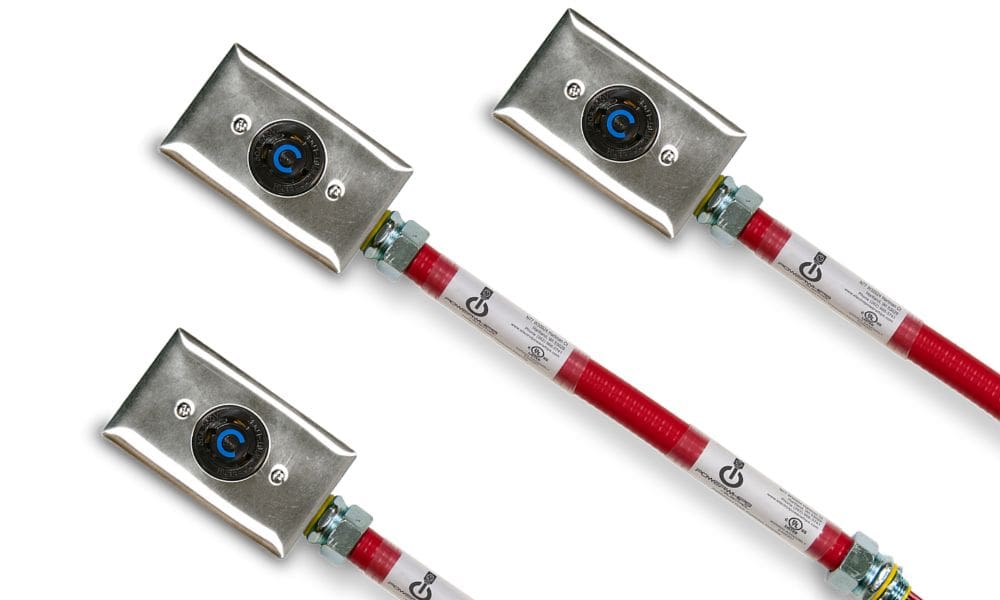
Understanding different types of power cables is vital in a range of industries. No matter which type of contracting business you work in or manage, you should know the differences between distinct types of power cables to choose the right one for your space. Knowing the type of NEMA cables your equipment requires is crucial to designing your workspace or data center layout and keeping processes running smoothly. In this blog, we discuss two common cables, the straight blade plug and the locking PDU. Continue reading for an introduction to straight-blade versus locking-blade cables and which is better for your needs.
What Are Straight-Blade Cables?
You’ll recognize straight-blade cables and plugs from the cables you commonly use at home or work. The standard straight-blade cable features straight conductive prongs. They come in several varieties and grades, such as general-grade, commercial-grade, and industrial-grade cables. While they don’t have locking functionality, depending on the grade, straight-blade cables still possess designs that keep heavy-duty performance and resistance in mind. The lack of a locking function in these connectors allows you to easily unplug straight-blade cables when you’re not using them or want to save energy in your data center.
What Are Locking-Blade Cables?
Unlike straight-blade cables, locking-blade cables typically feature curved blades and twist-locking connectors. Locking-blade cables are popular for use on industrial sites and are normally the best option for supporting large-scale IT equipment. However, this type of cable can also function in home and commercial environments. Many home pool systems, backup generators, and other pieces of equipment use locking-blade cables. The twist-locking feature is best for equipment that you need to keep constantly connected and reinforces this link, making a locking PDU a great choice for more permanent installations.
Which Cable Is Better?
The type of cable you should choose depends on how you intend to use it. For example, straight-blade cables will suffice for many residential and standard commercial needs. In fact, outlets in most homes exclusively feature straight-blade connections. However, when you need heavy-duty cables with a strong connection, you should select locking-blade cables. Their twist-locking function and compatibility with locking receptacles ensures that your IT and industrial equipment won’t accidentally become unplugged when you need it.
Now that you know the differences between straight-blade versus locking-blade cables, you can determine which is better for your intended applications and needs. Whether you’re looking for straight-blade or locking-blade cables, you can find a variety of NEMA power whips for all your projects here at PowerWhips. Explore our blogs today to learn more about the different types of power cords. For instance, you can find out more about the difference between PDUs and power strips for your data center.
